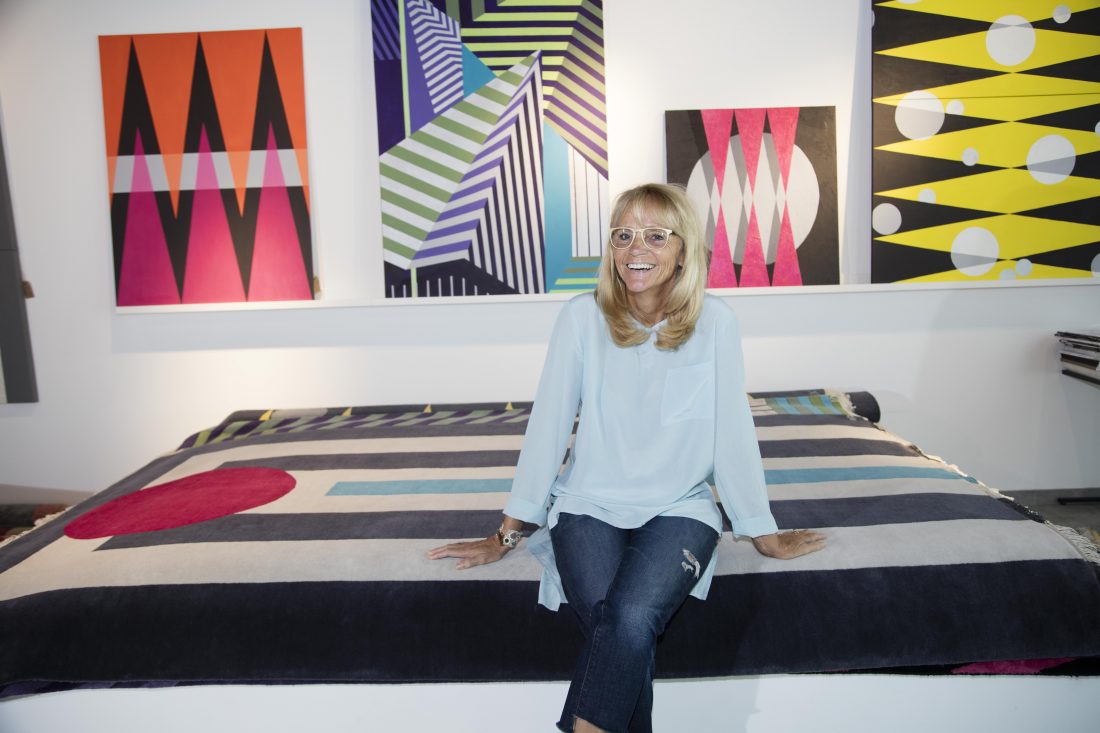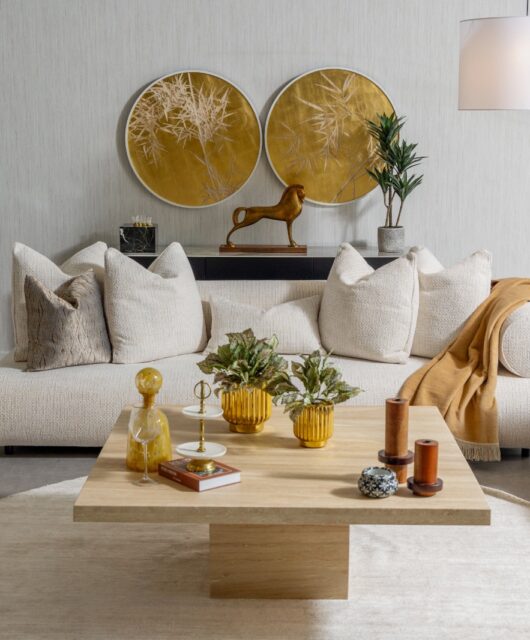A carpet should be a first thought, not a second”
 Cecilia Setterdahl, owner, artist, and designer at Carpets CC, talks about her design inspirations, trends, and how carpets create a style statement
Cecilia Setterdahl, owner, artist, and designer at Carpets CC, talks about her design inspirations, trends, and how carpets create a style statement
Where do you look for inspiration?
Inspiration for me is found everywhere; it’s all around – an angle of a roof, an unexpected colour combination, or a beautifully landscaped garden. However, for me, my inspiration usually comes at night when it’s quiet and I’ve got the time and space to process all I’ve seen both consciously and subconsciously throughout the day.
How can a carpet change the look and feel of the space?
A carpet usually gives a home a cosy, warm feel – however, I want my carpets to do more than just that. I don’t want them to sit in the background; I want them to be a statement, to say something about the owner. Much like a piece of art, why should a carpet not speak visually as well? A carpet should be a first thought, not a second.

What are the key trends in carpet design at the moment?
I think we’re seeing a lot more patterned and geometric prints, with a turn away from neutral to bright colours. I also think carpets are becoming more seasonal with people choosing to roll out different carpets (style, fabric, and type) depending on the time of the year.
Tell us about the current fibre and colour palette you’re working with?
I generally work with New Zealand semi-worsted wool, often combined with silk. It’s high-quality wool, which wears well and takes to colour beautifully. I’m currently enjoying the exploration of bright colour pallets (particular variations of yellow and pink) alongside on-trend soft greys.
How will the design trends evolve in the industry over the next several years in this region?
I think one of the main trends we’ll continue to see developing is the combination of contemporary and traditional. Design and art across the region can’t help but be influenced by the multitude of nationalities that call the Middle East home. For me, it’s wonderful to be part of a culture that’s so diverse, you can already see the influence in my work – ‘Dubai Growing’ is my take on the fast-changing nature of Dubai’s skyline.
What is the greatest challenge you face when designing a carpet?
For me, it lies in the usage of colours when taking one of my canvases and turning it into a carpet – you really have to consider how the colours used in the painting on a smaller scale will impact the visual look and feel when applied on a larger scale. What works on a canvas doesn’t always translate well to a carpet.
 How many collections do you have so far? Do you have a favourite and why?
How many collections do you have so far? Do you have a favourite and why?
I usually produce my carpets in limited edition runs of 10 with occasional one-off carpets, which are part of my CS collection. However recently I developed three separate collections – Tribal, Freedom and Faces. I’m proud of all my designs, it would be very hard to choose a favourite.
Why is performance important to carpet design?
For me, although I consider my carpets to be pieces of art, they also need to be functional as well. There is no point having a beautiful carpet you can’t put your feet on, it needs to stand up to the demands of everyday living. This is why I choose to work with New Zealand semi-worsted wool; it’s high quality, providing each carpet with a beautiful, luxurious finish and feel, whilst also being hard wearing.
How important is being eco-friendly to you?
Sustainability is something we all need to consider, it’s our duty to think consciously about the effect we have on the environment around us and the way we live. In this vein, I’m super excited to be working on a new project; a collection of outdoor carpets made from recycled plastic.







